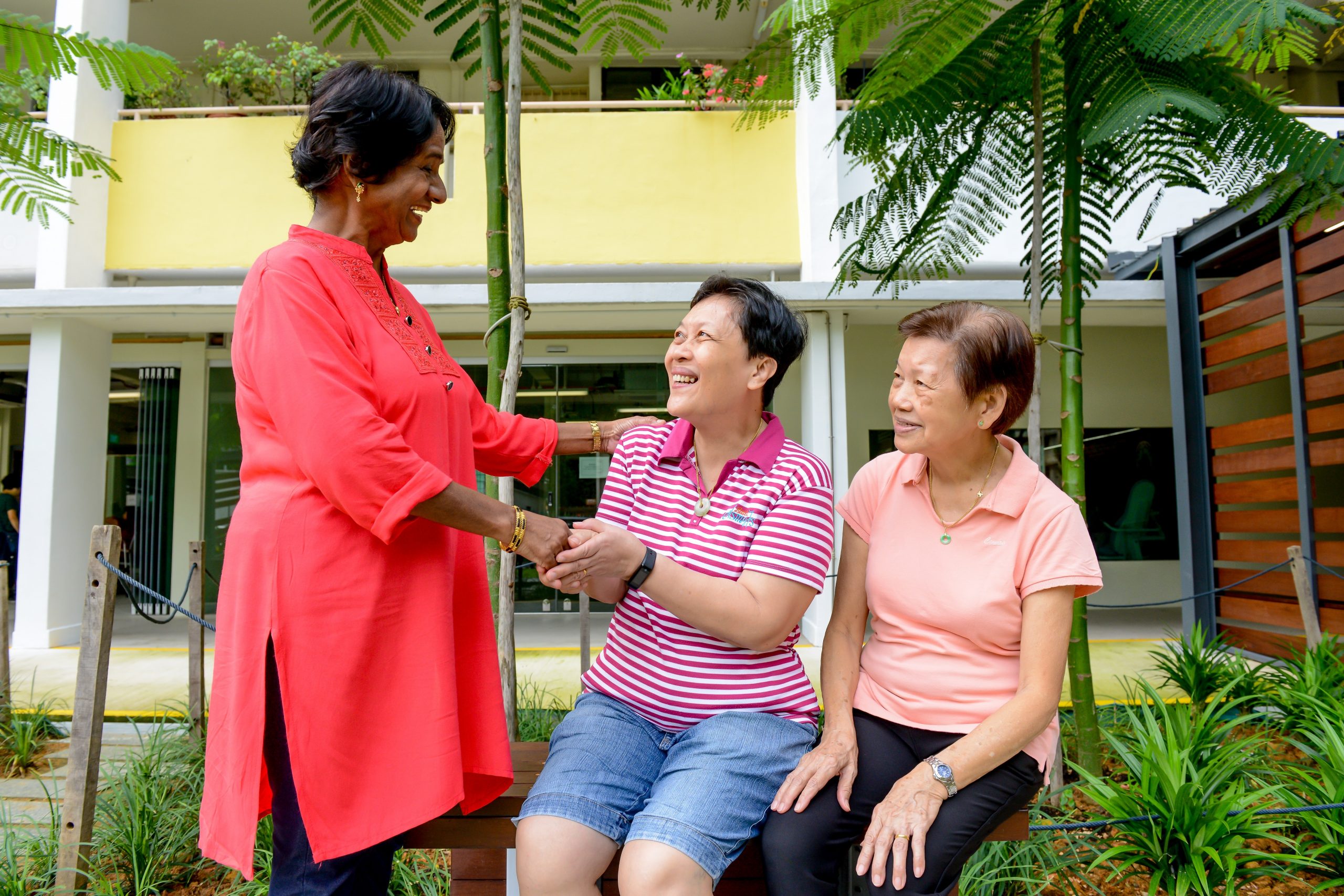The topic of designing for the seniors is something close to our heart, as we have loved ones who are getting on in years and we want to ensure that they lead the best quality of life. What can we do to help them? These are some of our initial thoughts, questions, and what we’d like to do about it.
We know that Singapore has an ageing population: in 2020, more than 600,000 Singaporeans were aged 65 years and above. Thus this is a sector of society that players in the built environment need to pay attention to since they form a significant part of the population.
Photo credits to TOUCH Community Services unless stated.
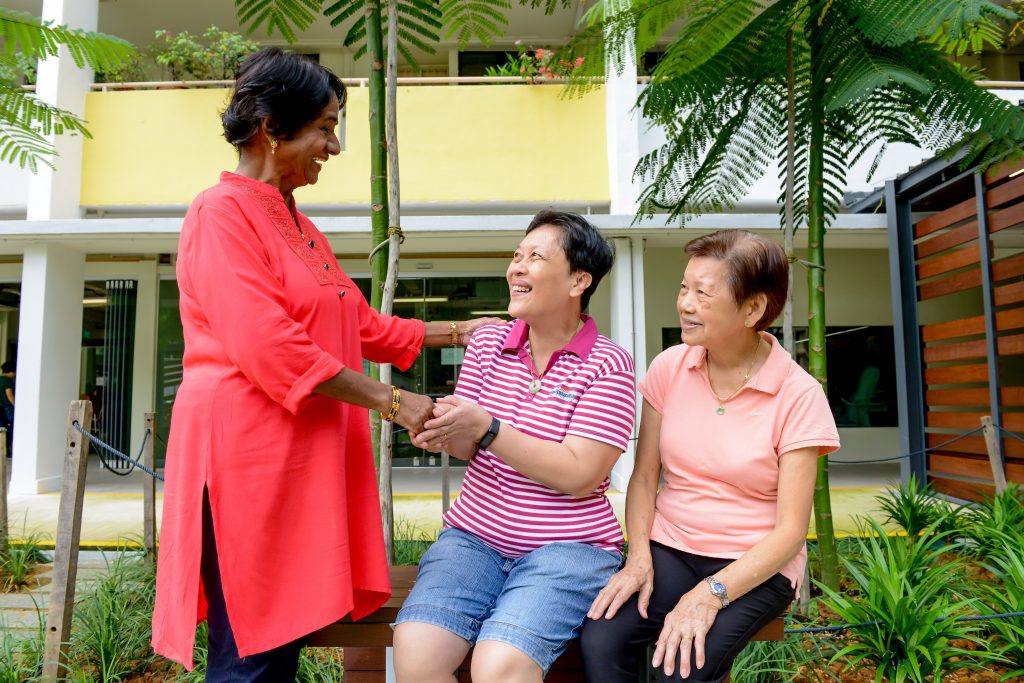
A growing number of baby boomers are part of this segment of the population, but their needs are different compared to those of their parents’ generation because they are better educated, wealthier, and well-travelled.
Thus we need to design differently for them. How can we better take their needs into consideration on the next project we embark on? Here are some key insights we believe we should bear in mind:
Many seniors want to age-in-place
A survey of more than 4,000 Singaporeans revealed that “successful ageing” means:
1. Getting opportunities to learn and grow
2. Singapore will be a caring and inclusive society that respects and embraces seniors as an important part of the community
3. Singapore can be a model for other cities around the world
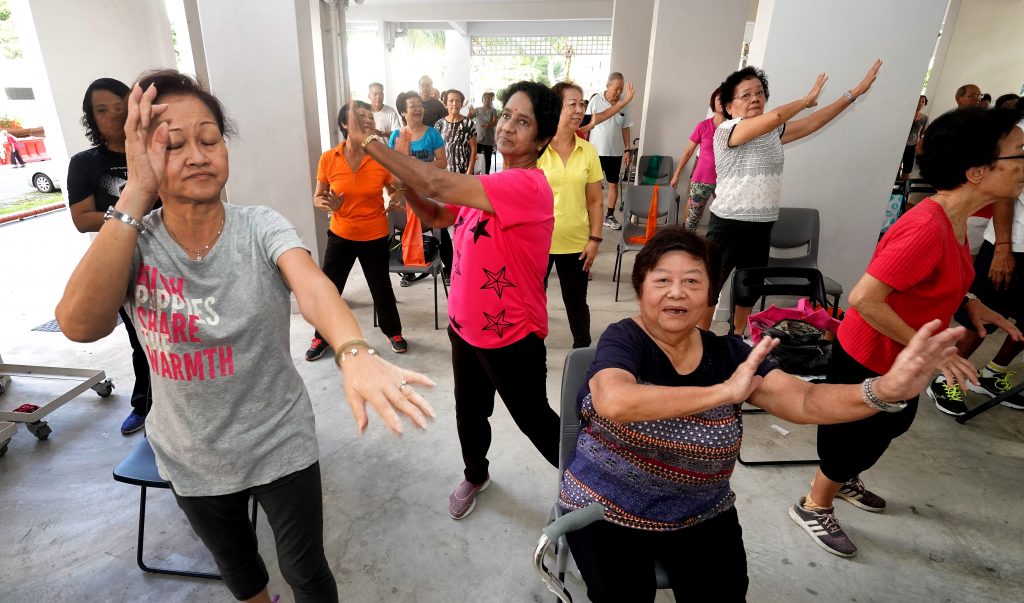
This is an example of ageing-in-place; i.e. seniors living in their chosen communities where they can receive better care, live in friendlier homes, go about easily, contribute to society in their own way, and enjoy public spaces. Thus when designing spaces and systems that involve seniors, we need to bear these needs in mind.
We need more than an eldercare centre
To understand more about the behaviours and needs of seniors, we spoke with Kelvin Lee, Head of Active Ageing at TOUCH Community Services, multi-service organisation which serves the elderly, children, youths-at-risk, needy families and people with healthcare and special needs.
In their work with the elderly, they seek to understand what it means for a community to be enabled to better age in place. One obvious goal would be for more elderly to fulfill their preference to live at home rather than at a nursing home. How can this be achieved?
He introduced us to TOUCHpoint@AMK 433, located at the void deck of Block 433 Ang Mo Kio Ave 10. More than a care centre, it hosts a gym, activity and learning space and a community garden. Residents can provide peer support as they initiate interest-based activities, attend exercises and health checks, learn skills and be empowered to watch out for one another.
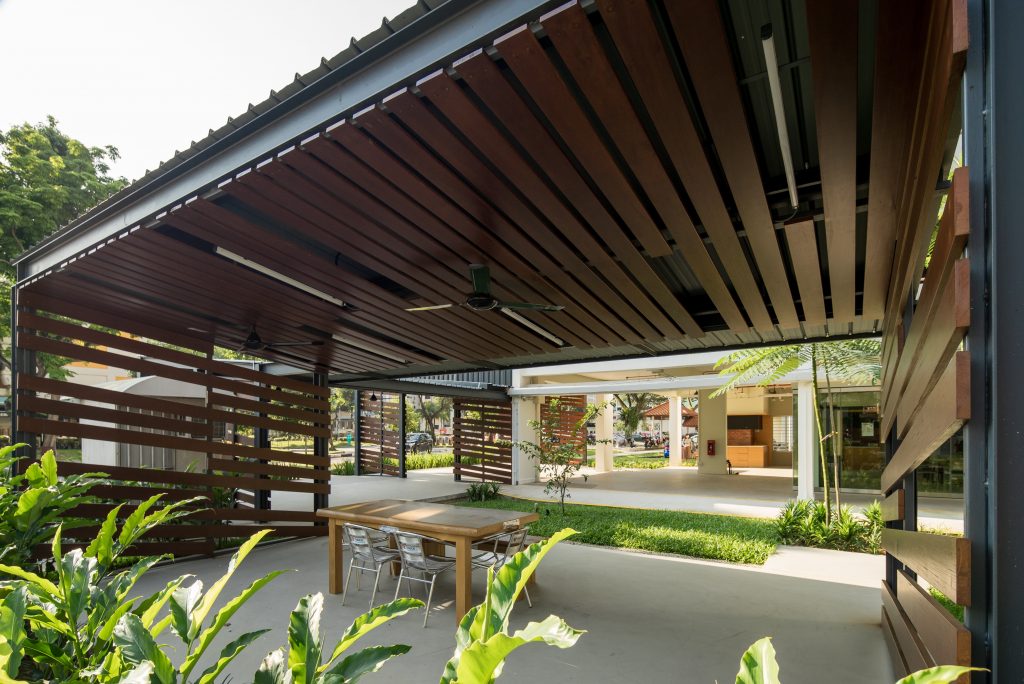
Creating a space like this changes the image of a senior care centre as a “place for old people” to a place where they can meet friends and improve their way of life. We can create places and opportunities for communities to bond, help each other out, and make their home a more loveable place to be in.
Perhaps what we need to do is give the community the confidence, trust, resources, networks and infrastructure to make a space truly their own.
Kelvin Lee, Head of Active Ageing, TOUCH Community Services
Increasing accessibility
This sounds like an obvious thing to do, but to make a community accessible, it needs more than just ramps and sheltered walkways. These amenities need to be well-linked together so that the journey around the neighbourhood is seamless.
Kelvin and his team even conducted a town audit where an occupational therapist walked with a resident from their home to the centre to make sure that all pathways to the centre were barrier-free and conducive. For example, they realised how steep one of the ramps that was supposed to be for wheelchair access was, so they worked with the town council to correct it.
But besides designing physical spaces to be easy for seniors to move around in, there are other important issues to tackle in order to develop a community space for seniors.
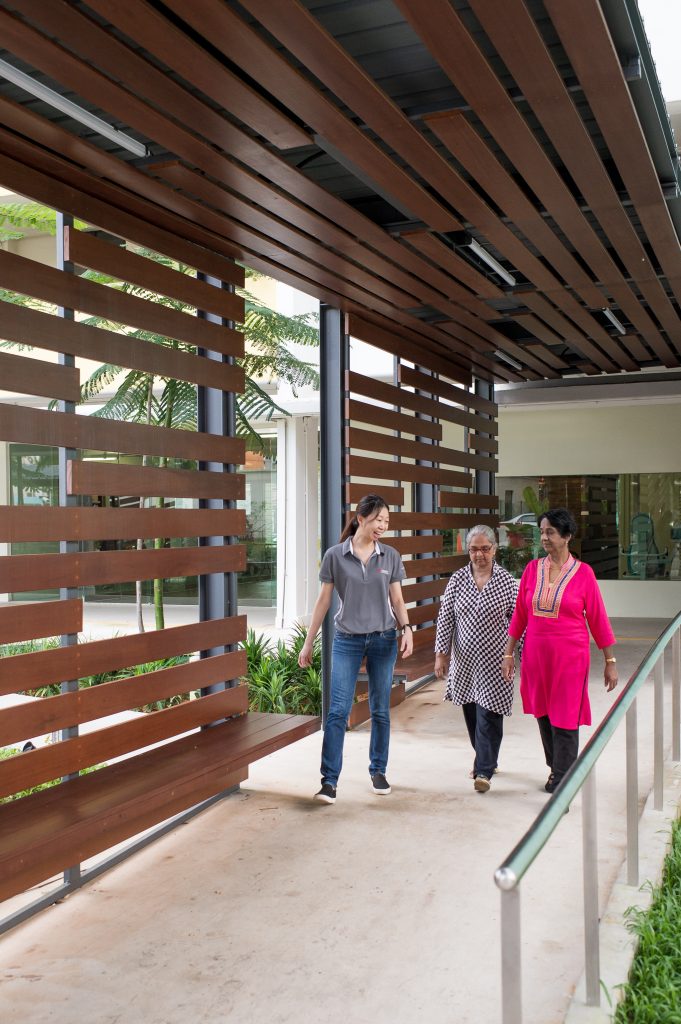
Empowering the community to help themselves in the long run
Kelvin has observed in his interactions with seniors that many may not feel empowered when it comes to revitalising their own spaces. For example, there are so many ways to extend personal space by creatively using pockets of community space for interactions. Activities that can be performed while seated don’t have to be done at the tables and chairs erected at void decks for example. As Singapore learns to live with COVID-19, we need to rethink how community spaces can be used safely as seniors interact with one another outside their homes.
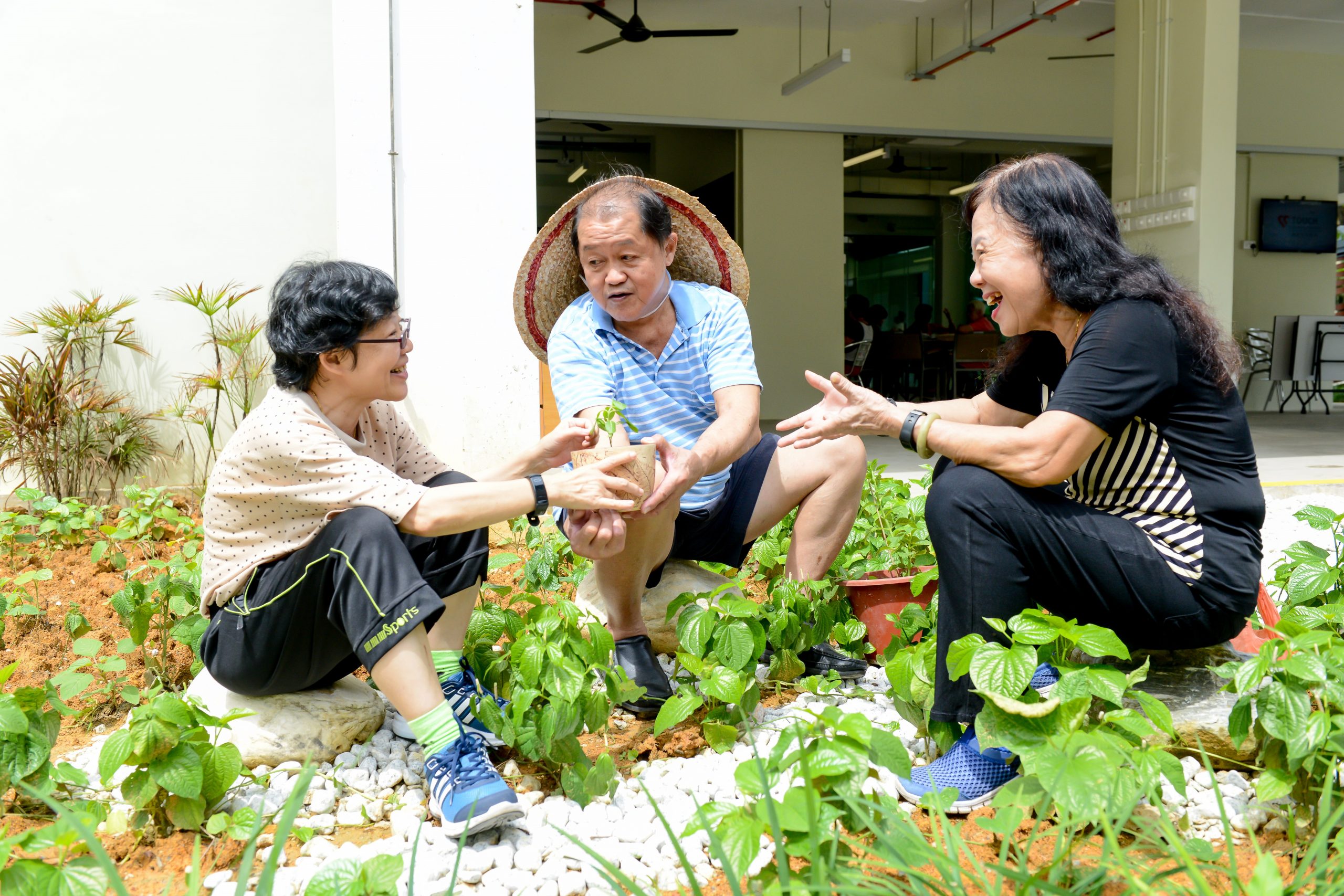
Giving people confidence without taking away their independence
One way to maintain a community space’s longevity and relevance would be to ensure that residents are empowered and have access to make improvements to their space.
Kelvin shared that more than 80% of the seniors they spoke to want to help others. Many others had ideas on how to liven up their neighbourhood with community activities. But they didn’t know where to start. There were also other groups of people who needed help but sometimes they didn’t feel confident to ask for help, or didn’t know how to.
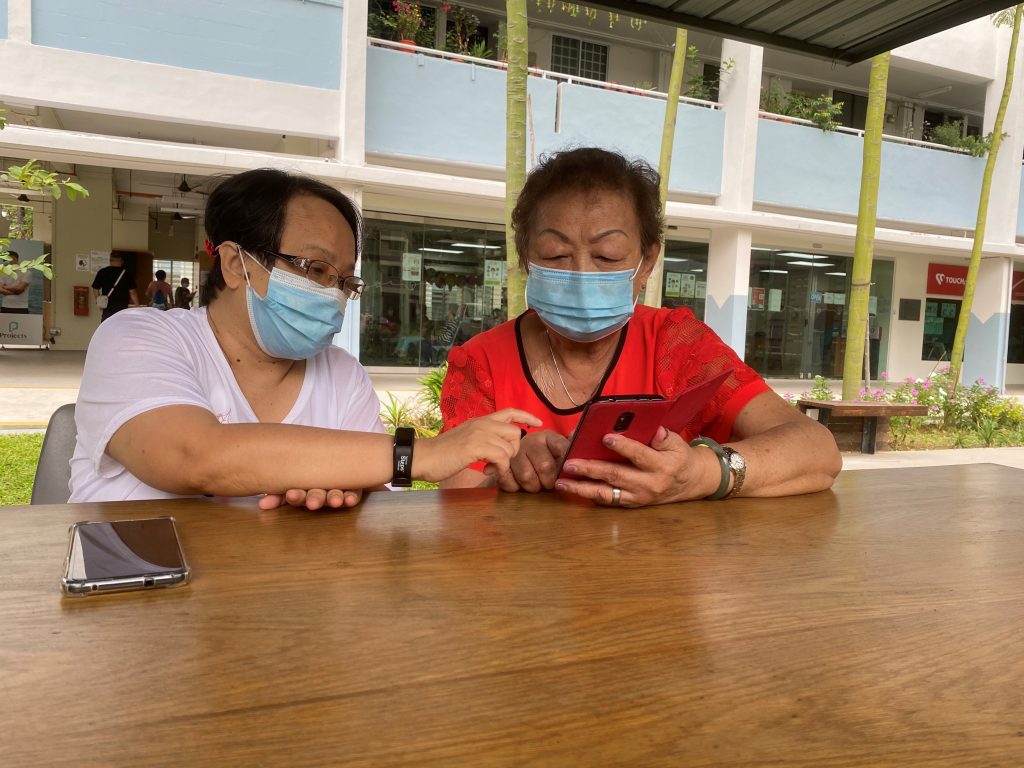
So to further enable the community, TOUCH set out to build partnerships and multiply residents’ efforts. Through programmes like their Community Enablement Project and services like Home Care, Caregiver Supper and Family Services help seniors meet needs but also build connections and networks in order to encourage independence and interdependence among neighbours.
They connect people who want to help with the people who need it so that the community can look after itself.
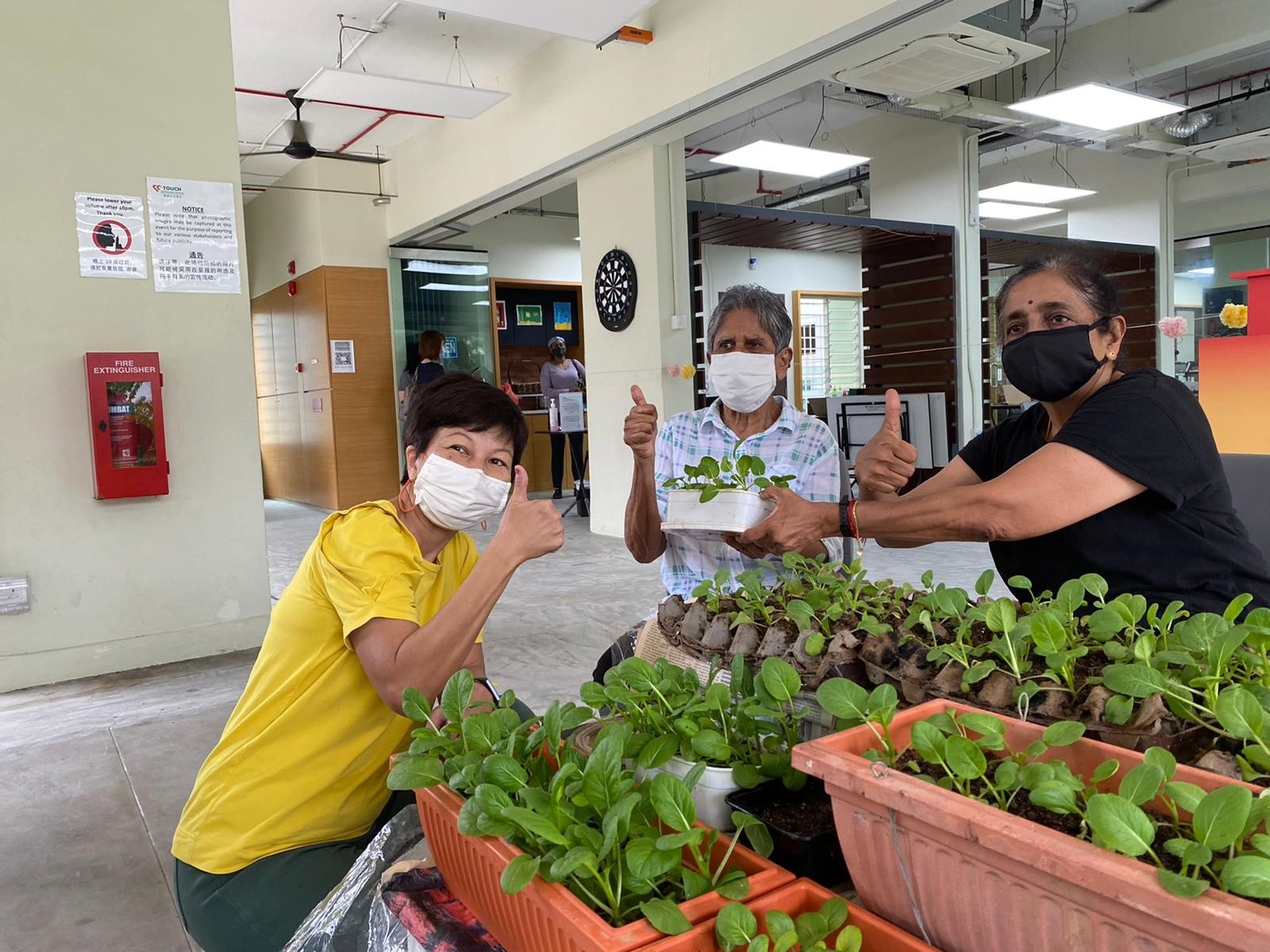
Additionally, they support the residents to create their own programmes, develop their own spaces, and how to get in touch with the right services or authorities. Kelvin was very glad that the residents felt more empowered to give suggestions to existing issues after witnessing positive changes to the neighbourhood upon their feedback.
Perhaps what we need to do is to give the community the confidence, trust, resources, networks and infrastructure to make a space truly their own. Then they will be able to come up with fresh solutions (as users of the space), without having to worry about how to start or what the processes are.
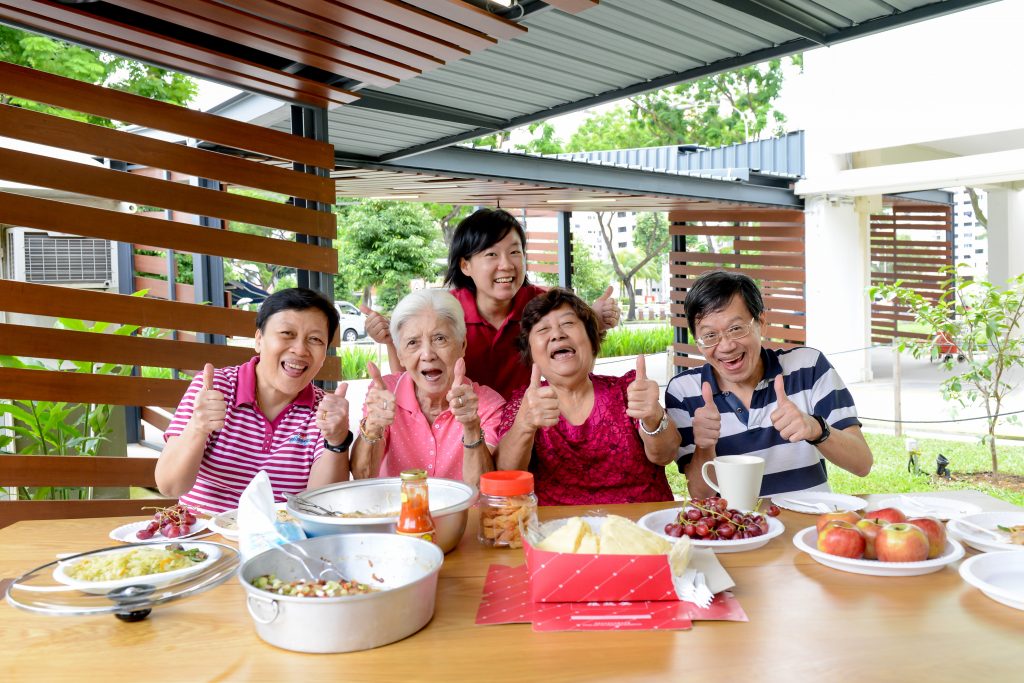
Keeping the community active in this way not only keeps seniors healthy physically and mentally, the rest of the community benefits as well with better communal spaces and a sense of pride and belonging to their neighbourhood.
Aligning the social agenda with the economic one
But a lot of private developers might not see the economic benefits of a space for seniors. What kind of commercial space would be suitable for them?
Singapore is a nation of malls — and a common sight in malls especially before the pandemic hit was seniors sitting inside the mall, enjoying the air conditioning. How can we create a space that engages them, but also brings commercial benefit to developers? The baby boomer generation of seniors have a higher spending power than the generation before them so there is a possibility that they could help drive up consumption and revenue.
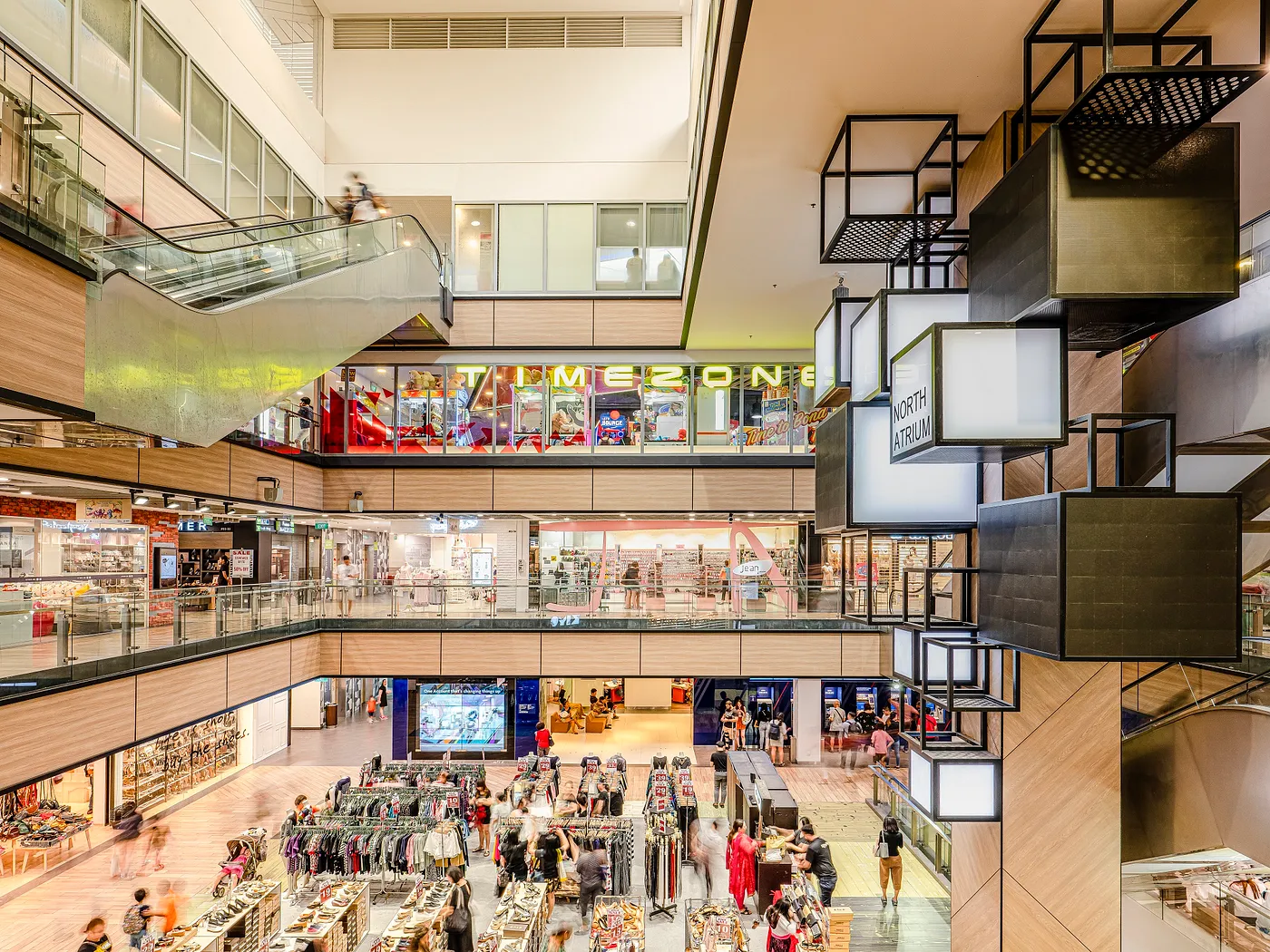
Designing for future generations of seniors — the Millennials
Thinking even further into the future, how should we design for the millennial generation when they become seniors? They are the next biggest population group and they have even more varied characteristics: they live in a digital metaverse, have a desire to protect the environment, are health conscious, and many have experienced living overseas for a significant proportion of their lives. What would their needs be?
As designers of spaces that blend the physical and digital aspects of design, these are just some of the things we need to consider in order to design for seniors.

